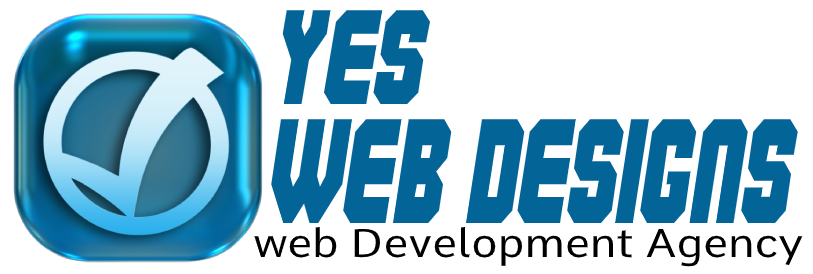Social media icons are a necessity for every website. They’re instantly recognizable and useful for encouraging users to share your content or to visit your Facebook or Twitter profile.
Yet, these visual assets have become so common that we sometimes leave creativity out of the equation. And while there’s nothing wrong with using a more conventional look, there’s much to be said for standing out.
That’s why we went on a search for unique social media icon implementations. Ones that feature different takes on layout and even the icons themselves. Then there are those that look a bit more mundane – that is, until you interact with them.
Ready for something different? Then check out our collection that takes social media icons to another level.
Take a Profile
City-dwellers will recognize the inspiration behind this UI. Links to various social media profiles look similar to the “take a number” flyers often seen on community bulletin boards and telephone poles. The paper-like look, complete with creases and shadows, make this a can’t-miss feature.
See the Pen
“Take a number” contact list by Suzanne Aitchison
Fancy Box
This example is different in that it requires the user to hover over the element to reveal a set of social media icons. True, it does make for a little more work on the user’s end. But with the right labeling, it could add a bit of fun to a personal portfolio or resume site.
See the Pen
Social Icon Hover Effect by Mike Young
A Simple, Yet Familiar Look
These are not your standard social media logos – they’re not logos at all. Still, these simplistic letter icons are intuitive. That’s in part because they use each service’s primary color as a background. Upon hover, they also display the service’s name as part of the “Follow us” headline at the top. CSS and jQuery power this attractive set.
See the Pen
Social media minimal icons by Anton Petrov
Exploding Layers
OK, maybe that headline makes you think of some crazy action movie sequence. This example doesn’t go quite that far. But it does offer a beautiful hover effect that brings each icon to life with 3D-colored layers. Perhaps the only tweak would be to have the colors reflect those of the services – but that’s a minor quibble. Otherwise, this one is sure to grab some attention.
See the Pen
Code Challenge 2020 || 3D Social Media Button by Nour Ibram
Peek-a-Boo Profiles
Here we have a set of social icons that are just begging you to interact with them. Each one peeks out just above a flat border and are fully-revealed upon hover. It nicely straddles the line between usability and the element of surprise.
See the Pen
Social Media icon reveal with transition by Stefan Göllner
Founder Cards: Collect Them All
Would you like to have a picture of Mark Zuckerberg or Jack Dorsey on your site? No? Well, this is still an attractive way to display social sharing cards. You could always swap out those images for something a little more relevant. Even better is that the cards in this demo link to a YouTube video tutorial. And don’t worry about those social media titans. They likely know everything about your website anyway.
See the Pen
Social Media Share Cards by Himalaya Singh
SVG Rainbow Paradise
There’s nothing like a blast of color and slick animation to get a user’s attention. These animated SVG line icons have it all. Each icon features a unique color gradient. From there, a draw-and-fill effect takes place when hovering.
See the Pen
Creative Social Media Icon by Chouaib Belagoun
Etched in Glass
Glass effects and neumorphism offer subtle beauty to any design element. It was only a matter of time before they were applied to social media icons. This pure CSS UI falls more into the former category, with a cool frosted effect. The neon “glow” of each item makes them reminiscent of a set of fancy wall lights.
See the Pen
Glass effect social media buttons with neon glow by Kevin Miranda
Uniquely Social UIs
It’s amazing what some creative use of CSS and JavaScript can do. They can turn some the most recognizable logos on earth into a new and fun experience. The examples above offer just a few ways to achieve it.
If you’re looking for even more inspiration, check out our full CodePen collection!
The post 8 Unique Ways to Implement Social Media Icons with CSS & JavaScript appeared first on Speckyboy Design Magazine.
